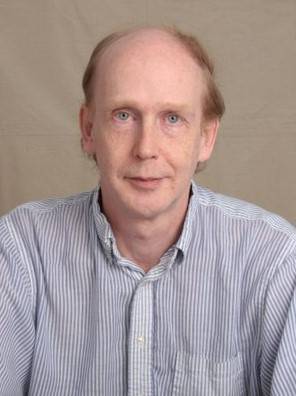In a recent paper, Professor William Meyer argues that the phrase conjoint constitution should be the term used for the concept that says “the role played by the environment in human life depends jointly on its physical qualities and the characteristics of the societies with which they interact.” First coined by Freudenberg et al. in 1995, this concept also has other names, the most popular being possibilism.
There is a constant interaction between environmental and human qualities that is inseparable — a constitution that is joined, thus the aptness of the term. “On the natural side, the environment can change physically, or you could have the exact same environment, but the people living in it and their technology can change,” says Meyer.
“What used to be a good feature of the environment might become a bad one. As railroads replace canals and automobiles and trucks replace railroads, different features of the environment go from being assets to being liabilities and vice versa,” he says.
Meyer points to the history of Boston as a perfect illustration of how the relationship between people and the landscape shifts, especially as technology changes. In pre-electric days, hills were a nuisance. Only a wealthy few wanted hilltop residences, because they had carriages and servants to haul supplies. Instead, higher elevations in Boston housed undesirable things such as prisons, poorhouses, and charity hospitals. Even at lower elevations, servants occupied higher floors of prestigious homes, because of the arduousness of climbing stairs.
Enter the internal-combustion engine. Suddenly, higher elevations became prestige locations. Now the scarcity of their views made them treasured building sites. Yet, the hills remained the same.
The concept of conjoint constitution differs from three longer-established world views that have vied for dominance over the centuries. The earliest of the three, the designed earth, held that a creator put our planet here and that everything is here for a purpose. Next came environmental determinism. Its backers believed features of the earth shaped nearby inhabitants. For example, people who lived by the sea would be different from mountain folk. Finally, the concept of human alteration emphasizes the ways that people physically create and revise their environments. “People sort of make the earth instead of environmental determinism in which the earth makes people,” Meyer explains.
Conjoint constitution, while an imperfect term, best captures what Meyers explains as “the history of the change in human-environment relations. It’s where the environment is the same, but you have change , and therefore you have history, because people have changed in ways that make the environment matter differently to them.”
Geography, unlike most academic disciplines, has substantial natural science and social science components. Physical geographers study topics like soils and landforms, while other geographers explore migration and culture and politics as they relate to the environment.
“A discipline like this is more essential now than ever,” Meyer says, “because many problems don’t pay attention to the distinction between the natural sciences and social sciences. These problems don’t say, ‘I’m going to only affect people’ or ‘I’m only going to affect nature.’ They affect both.”
